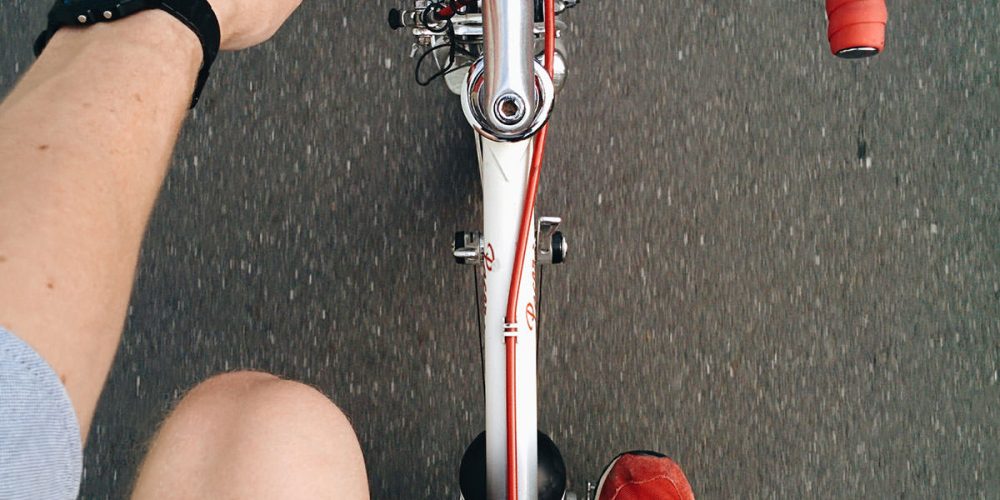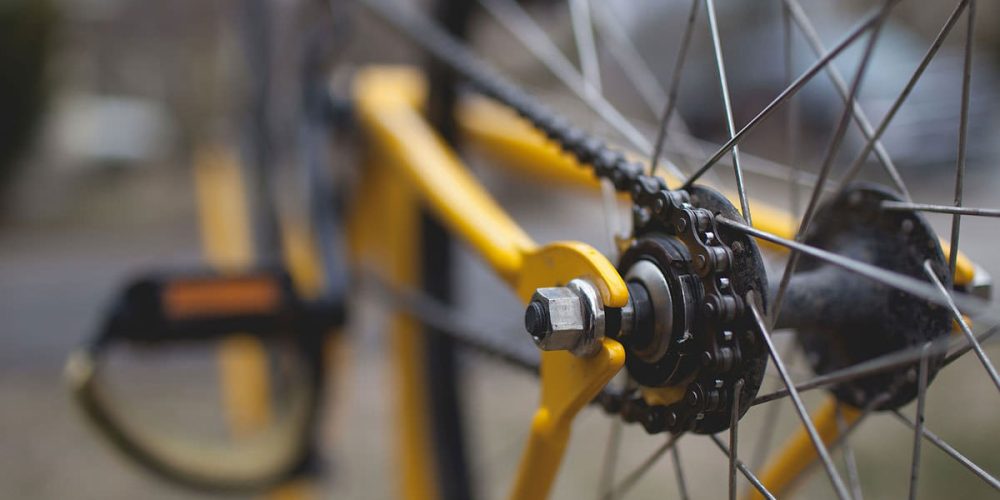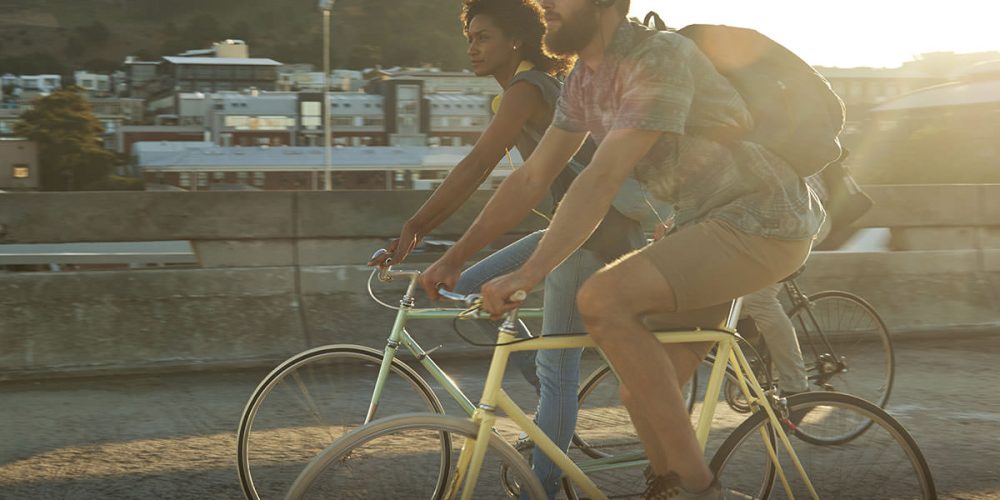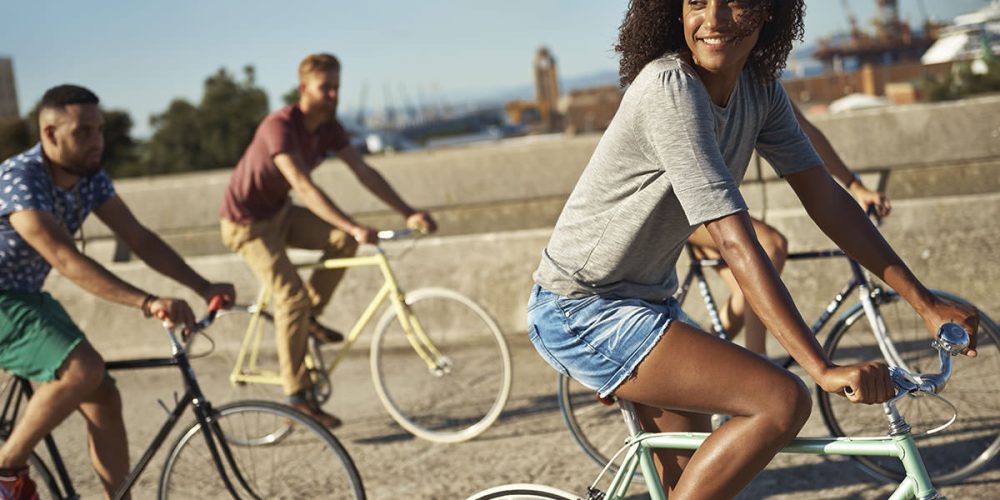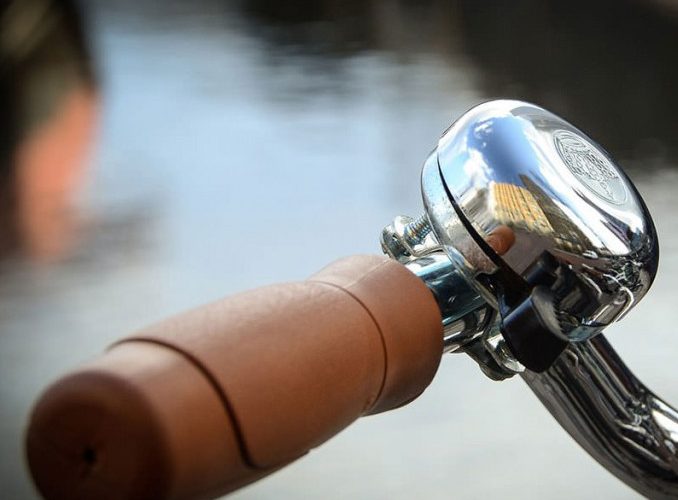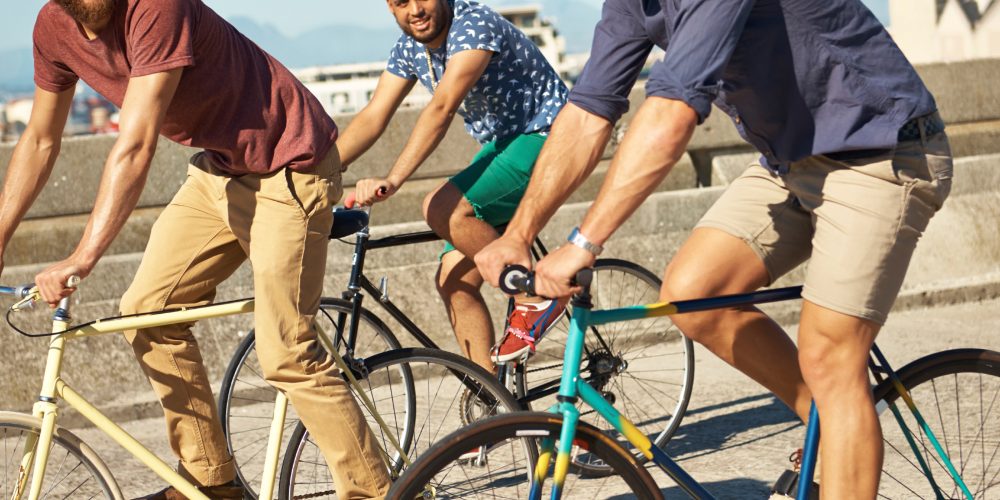- About me
- About us
- Best Selling Products
- Blog Fullwidth
- Blog Grid
- Blog Masonry
- Blog Medium
- Blog Wide
- Booking
- Cart
- Cart
- Checkout
- Checkout
- Contact us
- Default page
- Ecwid Store
- Elements
- FAQ
- Featured Products
- Fullwidth Category
- Homepage 1
- Homepage 2
- Homepage 3
- Icons
- My account
- My Account
- Order Tracking
- Popular Products
- Pricing Table
- Product categories layout test
- Product Detail 1
- Product Detail 2
- Product Extra Option
- Product Extra Option
- Products by ID
- Products by Sku
- Recent Products
- Sale Products
- Sample Page
- Shop
- Shop
- Shop grid
- Shop Grid Left Sidebar
- Shop Grid Right Sidebar
- Shop list
- Shop List Left Sidebar
- Shop List Right Sidebar
- Store
- Test Drive
- Typography
- Under Construction
- Wishlist
Ass savers – bicycle mudguards
2
1390
Around New York by bike!
2
1116
Never been so free
Never been so free
2
1123
Choosing your equipments
2
1015
The Bicycle
If you plan on a combination of road and mountain biking, pick a hybrid. Road bikes are for the road and mountain bikes are for off-road use. The most important part of bicycle shopping is finding the right frame size. A frame that is too small will place unnecessary strain on your joints. A frame that is too large will decrease the level of control you have over your bike. If the frame is not properly fitted to your body, your center of gravity will be greatly compromised. When choosing your bicycle, pick the best combination of features for the type of cycling you plan to do. For example, don`t put off-road tires on a road bike.The Shoes
Many road bikes along with mountain bikes include clipless pedals to which special shoes attach, via a cleat, permitting the rider to pull on the pedals as well as push. The right cycling shoes will support your foot on the pedal. This can reduce cramping and foot fatigue as you ride. The shoe you pick will depend on the type of pedal you plan to use with your bicycle.The Helmet
Helmets offer essential protection while cycling. Modern designs are sleek and lightweight. There is no longer a question of style when choosing to wear a helmet. Helmets are proven to save lives and prevent life altering injuries from having their full effect. A good helmet will cost you at least US$50 and the best helmets can cost hundreds of dollars.The Clothes
Dress for the weather. Lightweight, breathable fabrics are excellent for keeping the body cool and dry in warm weather. Moisture-wicking, heat retaining fabrics like fleece are best for winter riding. Gloves, glasses, socks, and extra outer layers are important regardless of season. In general, fabrics suited for most outdoor sports will be appropriate for cycling. However, avoid loose fitting clothing as these clothes may get caught in your spokes, chain, or handlebars.Social aspects of bikes (P.1)
1
854
Choosing your equipments
1
709
The Bicycle
If you plan on a combination of road and mountain biking, pick a hybrid. Road bikes are for the road and mountain bikes are for off-road use. The most important part of bicycle shopping is finding the right frame size. A frame that is too small will place unnecessary strain on your joints. A frame that is too large will decrease the level of control you have over your bike. If the frame is not properly fitted to your body, your center of gravity will be greatly compromised. When choosing your bicycle, pick the best combination of features for the type of cycling you plan to do. For example, don`t put off-road tires on a road bike.The Shoes
Many road bikes along with mountain bikes include clipless pedals to which special shoes attach, via a cleat, permitting the rider to pull on the pedals as well as push. The right cycling shoes will support your foot on the pedal. This can reduce cramping and foot fatigue as you ride. The shoe you pick will depend on the type of pedal you plan to use with your bicycle.The Helmet
Helmets offer essential protection while cycling. Modern designs are sleek and lightweight. There is no longer a question of style when choosing to wear a helmet. Helmets are proven to save lives and prevent life altering injuries from having their full effect. A good helmet will cost you at least US$50 and the best helmets can cost hundreds of dollars.The Clothes
Dress for the weather. Lightweight, breathable fabrics are excellent for keeping the body cool and dry in warm weather. Moisture-wicking, heat retaining fabrics like fleece are best for winter riding. Gloves, glasses, socks, and extra outer layers are important regardless of season. In general, fabrics suited for most outdoor sports will be appropriate for cycling. However, avoid loose fitting clothing as these clothes may get caught in your spokes, chain, or handlebars.Ass savers – bicycle mudguards
1
738
Choosing your equipments
2
826
The Bicycle
If you plan on a combination of road and mountain biking, pick a hybrid. Road bikes are for the road and mountain bikes are for off-road use. The most important part of bicycle shopping is finding the right frame size. A frame that is too small will place unnecessary strain on your joints. A frame that is too large will decrease the level of control you have over your bike. If the frame is not properly fitted to your body, your center of gravity will be greatly compromised. When choosing your bicycle, pick the best combination of features for the type of cycling you plan to do. For example, don`t put off-road tires on a road bike.The Shoes
Many road bikes along with mountain bikes include clipless pedals to which special shoes attach, via a cleat, permitting the rider to pull on the pedals as well as push. The right cycling shoes will support your foot on the pedal. This can reduce cramping and foot fatigue as you ride. The shoe you pick will depend on the type of pedal you plan to use with your bicycle.The Helmet
Helmets offer essential protection while cycling. Modern designs are sleek and lightweight. There is no longer a question of style when choosing to wear a helmet. Helmets are proven to save lives and prevent life altering injuries from having their full effect. A good helmet will cost you at least US$50 and the best helmets can cost hundreds of dollars.The Clothes
Dress for the weather. Lightweight, breathable fabrics are excellent for keeping the body cool and dry in warm weather. Moisture-wicking, heat retaining fabrics like fleece are best for winter riding. Gloves, glasses, socks, and extra outer layers are important regardless of season. In general, fabrics suited for most outdoor sports will be appropriate for cycling. However, avoid loose fitting clothing as these clothes may get caught in your spokes, chain, or handlebars.Social aspects of bikes (P.1)
2
836




